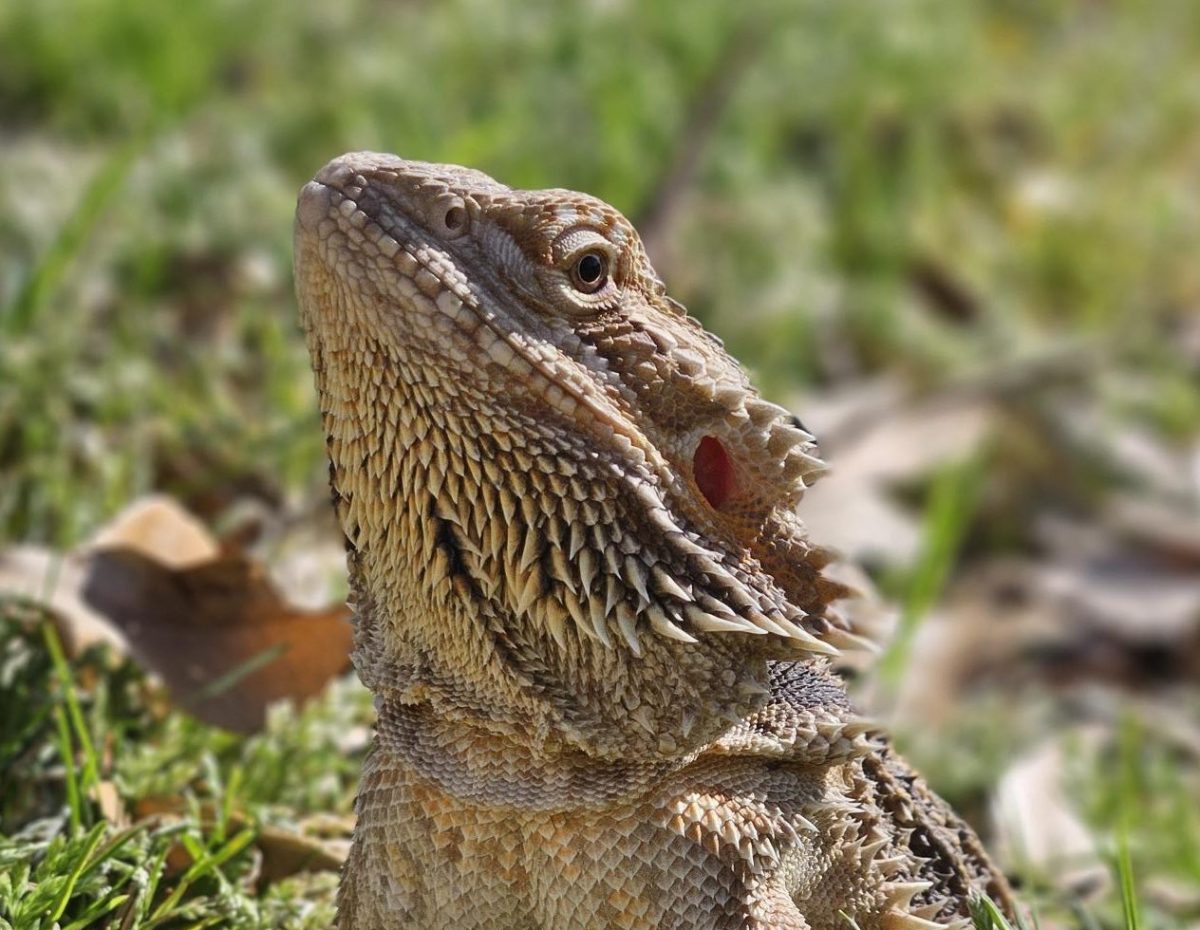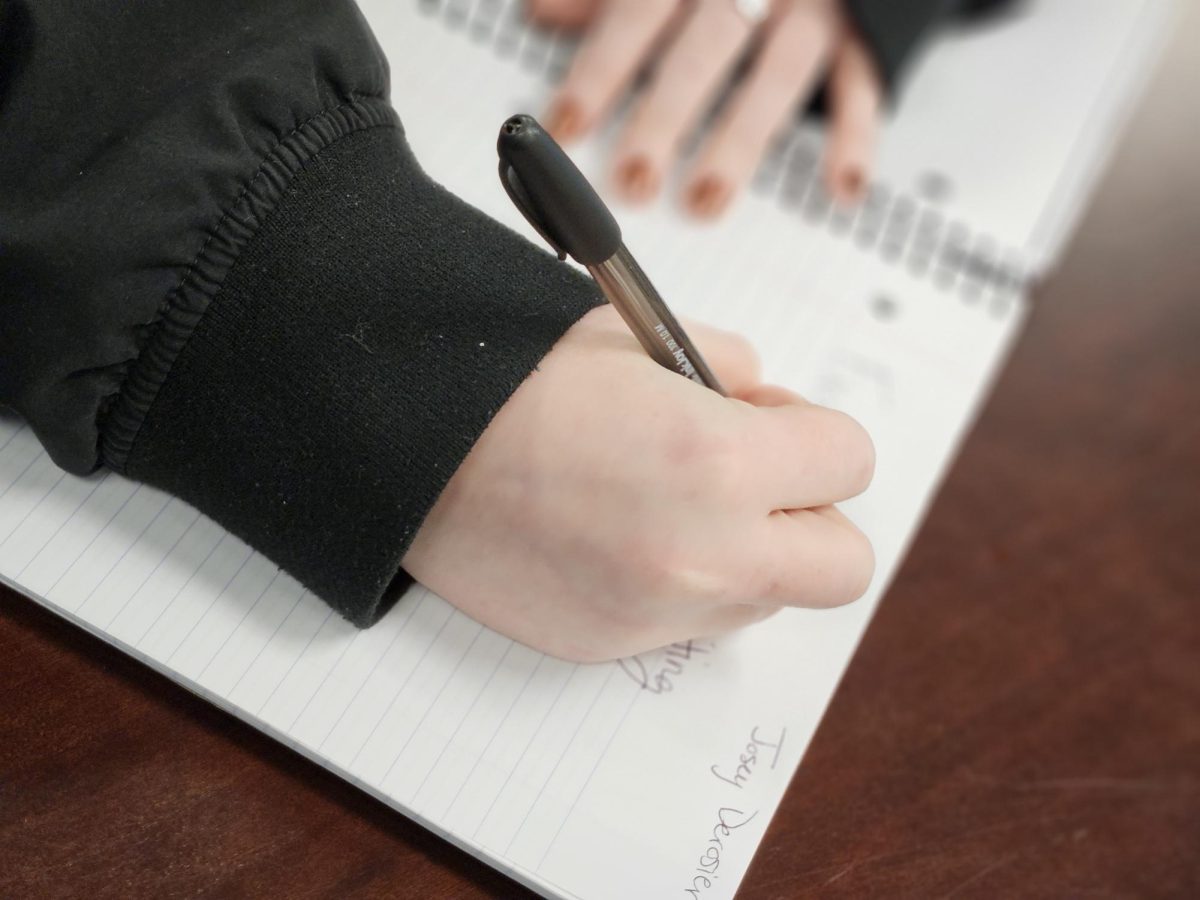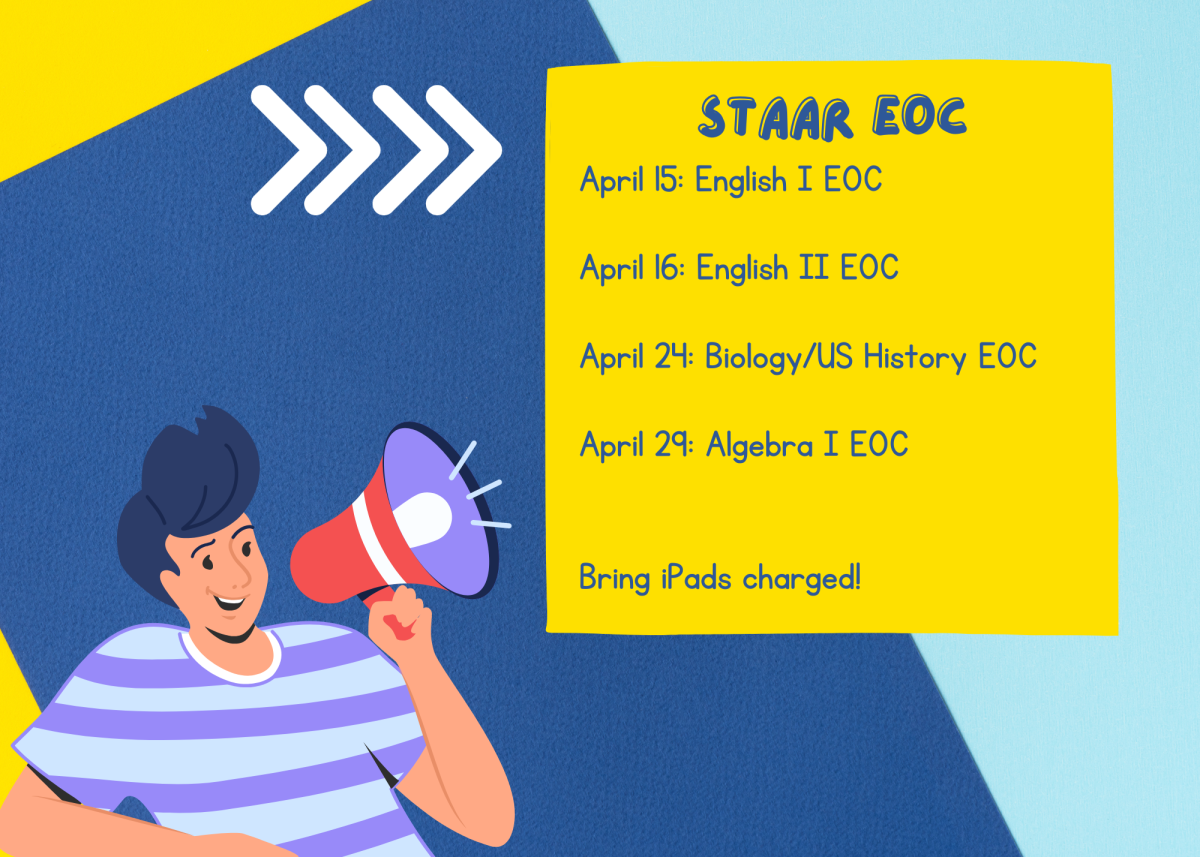I would like to start this off with a warning: bearded dragons are absolutely NOT starter reptiles. They require much more upkeep and management than most beginner reptile keepers understand or believe they do. To start, beardies grow relatively quickly, meaning they need a large cage early into their lives. They also need a diet of both vegetables and insects as well as vitamins to stay healthy. I will get into specifics in the following sections.
Cage Requirements
Sizing: An adult bearded dragon needs a MINIMUM of 120 gallons in order to have enough space to be comfortable. Babies can be kept in 50 gallons but they will quickly outgrow that as juveniles and need a larger cage.
Substrate: Baby beardies cannot have loose substrate (things like dirt or sand) because they can consume it and get impacted. This will lead to a hefty vet bill for the surgery required to save them. A better option, but still not an amazing one, is reptile carpet. Reptile carpet can grow bacteria and accidentally rip the beardie’s nails out if they get them caught in the thread. Instead of loose substrate or carpet, try tile. It is easy to clean and gets rid of the risk of injury and infection. When a bearded dragon reaches adulthood then it is safe to implement loose substrate.
Making Loose Substrate: You will need organic topsoil, reptile play sand, and excavator clay. Preheat the oven to 200 and fill pans with the topsoil. Bake the topsoil for at least an hour or until it reaches at least 100 degrees. Then, mix 2 parts baked topsoil, 2 parts play sand, and 1 part excavator clay. Mix thoroughly and let the cage sit for several days before introducing the beardie. There are many methods to make loose substrate fit for bearded dragons, but this is the one I have found most effective.
Food and Water Requirements
To begin, food and feeding arrangements change as the beardie grows. This means that the age of the dragon determines the diet and schedule of feedings they require. Typically dragons do not drink from water bowls because they prefer moving water, but they can be taught to do so. There are other reasons to not leave a water bowl in your bearded dragon cage, such as it affecting the humidity and making it less arid.
Baby bearded dragons require most of their nutritional needs to come from bugs. Mealworms, crickets and Dubia roaches are three staples for bearded dragons that come in sizes appropriate for babies. They also need about 15% of their diet to be vegetation. A list of good bearded dragon foods can be found below.
Juvenile bearded dragons require more veggies than babies. Their diet also changes to bugs every other day and veggies still every day. The proportion will be about 75% veggies and 25% bugs.
Adults only need bugs once or twice a week. Veggies should still be given to them daily. The proportion is around 10% bugs and 90% veggies. It is important to not overfeed an adult because they are more prone to becoming overweight, which can be incredibly unhealthy for particularly female bearded dragons.
Hygiene
A bearded dragon’s cage needs to be cleaned regularly. Preferably every day, but if not every day then every other. Dragons like for their enclosures to be clean and they are very sensitive to bad smells. Do not use bleach products to clean the cage or the objects inside. If loose substrate is in use, then get a kitty litter scooper and use it to scoop the waste out. If a carpet is being used, wash it with cold water and let air dry. If tile or plastic is being used, sanitize with pet safe cleaners.
Bearded dragons should be given a bath every few days. Fill your bath container until it reaches the first joint of a finger when the fingertip is placed on the bottom of the dish. Make sure the water is room temperature. Place the beardie in the water without removing the support underneath them, just in case they get scared and try to run out of the water. Gently drip some water over them until they settle in. It will take several weeks of baths for most beardies to get used to water. Baths are a good way for beardies to regulate their hydration.
Need-To-Know Tips
Bearded dragons should be using the restroom at least once a day. If they are not, that could mean they are impacted. Some symptoms to look out for are lethargy, lack of appetite and a bloated belly. Before panicking, give the beardie a bath in slightly warm water to see if that loosens the impaction. If this does not work, take the beardie to a vet.























